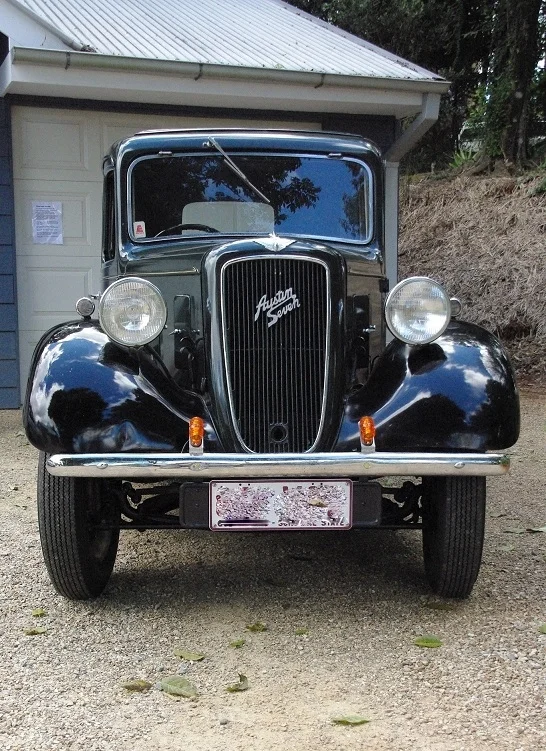Dover Castle, tunnels & Austins
On a trip overseas in May - June 2017 recently, I was fortunate to be able to visit Dover Castle. By chance my visit coincided with the 77th anniversary of the evacuation of Dunkirk in 1940 which was code named ‘Operation Dynamo’.
Dover Castle is a medieval castle in Dover, Kent. It was founded in the 11th century and has been described as the "Key to England" due to its defensive significance throughout history. It is the largest castle in England. The castle, secret tunnels, and surrounding land are now owned by English Heritage and the site is a major tourist attraction. The site also contains one of Dover's two 80-footRoman lighthouses, one of which still survives, whilst the remains of the other are located on the opposing Western Heights, across the town of Dover.
On my visit there were many extra displays for the weekend to help commemorate ‘Operation Dynamo’ and these included lots of people attired in 1940s period dress, mostly of a military nature, and appropriate displays featuring living and working conditions of the time. In addition, there were historic vehicles on show and a WW2 Spitfire aircraft. The vehicles that I saw included a couple of Austin Sevens, a prewar MG, a 3 ton Austin truck, an Austin 12, another 12 but this time a 1937 Ascot and a 1939 Hillman Minx. The Minx was an RAF Staff Car. Naturally those associated with the cars were in appropriate dress to suit the occasion.
Although I was very interested in the castle, the old lighthouse and the displays, I was also very keen to see the now not so ‘secret’ tunnels. I jotted down some notes on them as there was a lot to read and see on the tunnels tour.
They were originally built in 1803 when Napoleon threatened invasion. The tunnels were dug into the cliffs, in total seven. They were parallel to each other below the cliff top. The tunnels were an underground barracks and housed at its peak 2000 officers and soldiers. In 1938, when the threat of war with Nazi Germany hung heavy in the air, the tunnels were brought back into action as the headquarters for the newly constituted Dover Naval Command, charged with protecting the Channel from enemy action.
It became a rather more important place much sooner than expected, after Germany’s lightning-quick advance in the Battle of France in May 1940 left the entire British Expeditionary Force surrounded and in imminent danger of annihilation, backed up against the wrong side of the Channel at Dunkirk.
Responsibility for getting the stranded army home was dropped on the shoulders of Vice Admiral Bertram Ramsay, head of Dover Naval Command, from his base within those old tunnels. In 1940 it was a key place because it was where the Dunkirk evacuation – code-named Operation Dynamo – was organised.’
The speed of Hitler’s success meant that Ramsay had little time to provide answers to the terrifying logistical exercise that faced him. Yet over the course of just nine days, starting on 26 May 1940, he and his tunnel-based team orchestrated the evacuation of some 338,000 soldiers in as many Royal Navy vessels as he could muster, along with the now-famous flotilla of civilian ‘little ships’. Churchill called it a ‘miracle of deliverance’, and given that initial estimates suggested that only 45,000 men were likely to be rescued, a miracle it must have seemed.
I had to queue up to get into the tunnels and visitors were escorted through in small groups of 20 or so. No photos were allowed to be taken inside. We were taken into areas that have been developed to re-create the tunnel’s various wartime uses – from hospital bays and catering corridors to communications nerve centres. I found it all very absorbing. The tour which lasted about an hour only covered a fraction of the tunnels that lie below the cliff tops. Parts of the tunnels were still in use for military purposes until fairly recent times, particularly kept serviceable during the cold war days. At the edge of the cliffs, one can see right across the English Channel to France so it was indeed the right location for the Dunkirk evacuation to be organised.


















